Difference Between Pilates and Yoga. Which One Is Better?

Main distinct differences ? Short sum up for quick answer : There is more than 50 types of Yoga and generally two types of Pilates ( mat and reformer pilates ) . Yoga is a more spiritual practice and Pilates is a more physical and body focus type of practice .
Depending on what you aimed and what you are looking for . Pilates will be more sculpting your body and muscle strength , Yoga will be more toning your skin with mind benefits . Yoga will give you a wider view and a greater focus on growth in terms of mindset .


Pilates versus Yoga
Pilates is a fitness method created by Joseph Pilates in the early 20th century. It focuses on building strength, flexibility, and overall body awareness. The core principles of Pilates include breath control, concentration, centring, precision, control, and flow. The exercises emphasize controlled movements with a strong emphasis on the core muscles, aiming to create a balanced and strong body.
Pilates exercises can be performed on a mat or specialized equipment like the reformer. The method targets deep muscles, improves posture, and enhances stability. Pilates suits people of all fitness levels, offering a low-impact but effective way to tone muscles and improve overall well-being.
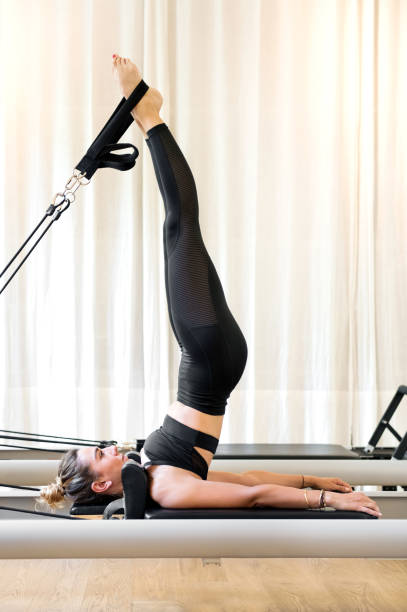

Two forms of pilates : reformer and mat pilates .
Yoga
Yoga is an ancient practice from India that promotes physical, mental, emotional health and spiritual well-being. “yoga” means union, emphasizing the connection between the mind, body, and spirit.
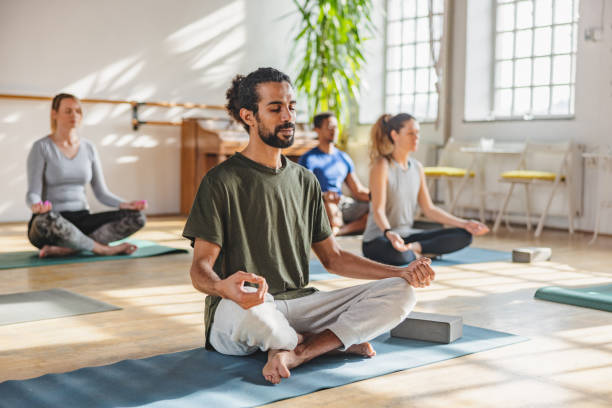
Yoga encompasses various styles, each with its unique focus, such as Hatha, Vinyasa, and Kundalini.
Yoga is accessible to people of all ages and fitness levels and offers a holistic approach to health. Whether practiced for physical fitness, stress relief, or spiritual exploration, yoga posses provides a versatile and transformative journey that extends beyond the yoga mat.
It will include some breathing techniques, yoga poses, meditation.
It has become a global phenomenon, with millions benefiting from its diverse practices, contributing to a healthier and more harmonious way of life.
Different forms of Yoga: restorative yoga, yin yoga, power yoga, vinyasa yoga, ashtanga yoga, Bikram yoga, Hatha Yoga, hot yoga .
History of Pilates and Yoga
History of Pilates:
1. Founder:
Created by Joseph Pilates in the early 20th century, Pilates was originally known as “Contrology.” Joseph Pilates, a German physical trainer, developed the method to rehabilitate injured soldiers during World War I.

2. Rehabilitation Origins:
Pilates initially designed exercises using springs and resistance to help injured soldiers regain strength and mobility.
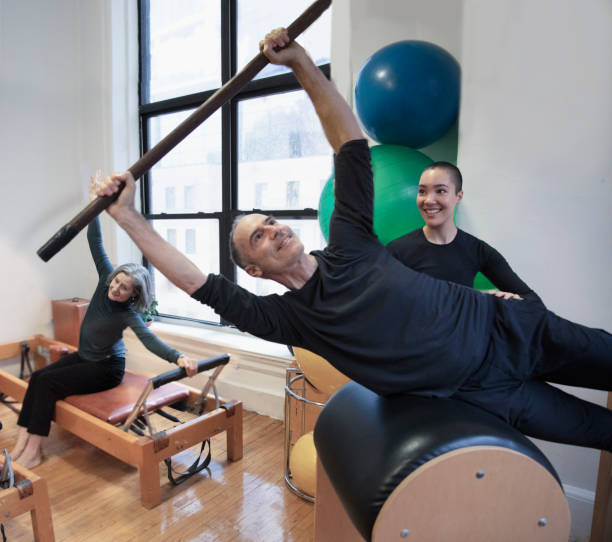
3. Move to New York:
Joseph Pilates moved to New York in the 1920s and opened a studio where his method gained popularity, especially among dancers and athletes.

4. Core Principles:
Pilates is built on principles like breath control, concentration, centring, precision, control, and flow. These principles form the foundation of the method.

5. Mat and Equipment Work:
Pilates exercises can be performed on a mat or specialized equipment such as the reformer, which Joseph Pilates designed to enhance the effectiveness of the exercises.
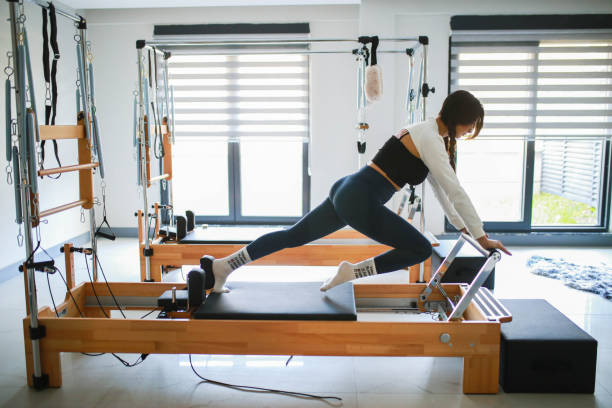
6. Evolution and Global Spread:
Over the decades, Pilates has evolved and gained recognition worldwide. It is now a widely practiced fitness method for improving core strength, flexibility, and overall body conditioning.
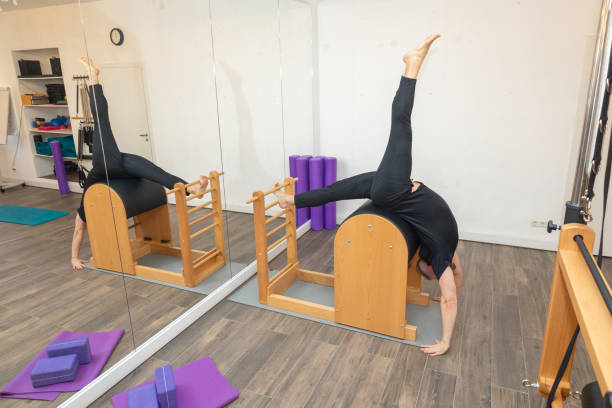
History of Yoga:
1. Ancient Origins:
Yoga has ancient roots in India, dating back thousands of years. The word “yoga” is derived from the Sanskrit word meaning union or connection.
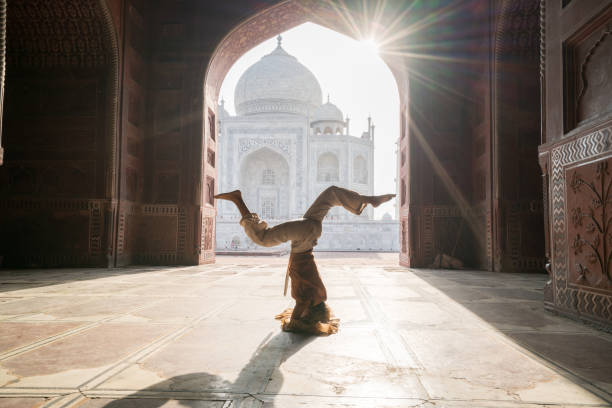
2. Vedic Period:
The earliest mention of yoga is found in the ancient sacred texts known as the Vedas during the Vedic period, where it was initially a spiritual and meditative practice.
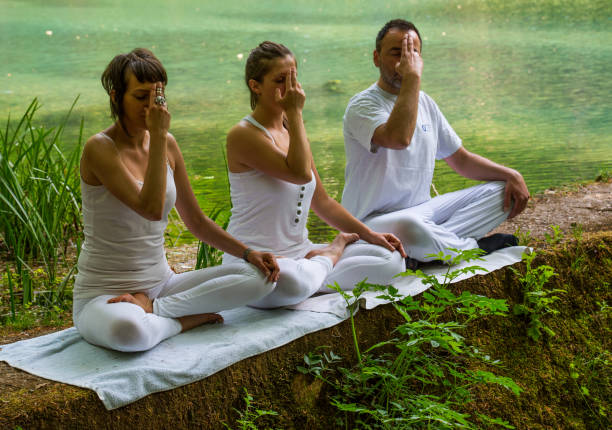
3. Classical Period:
The classical period of yoga saw the development of systematic teachings outlined in texts like the Yoga Sutras by Patanjali, emphasizing the eight limbs of yoga, including ethical guidelines, postures, and meditation.
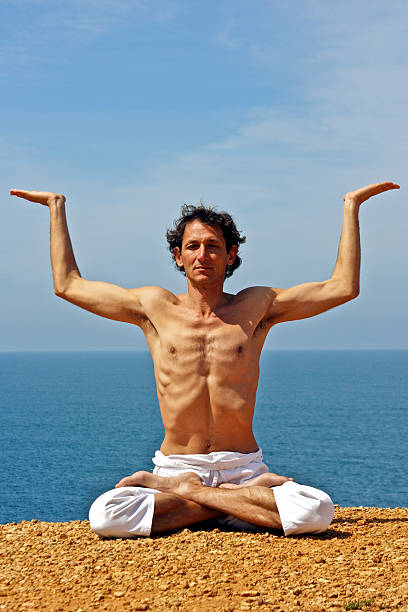
4. Variety of Styles:
Over time, various styles of yoga emerged, each with its own focus and approach. Hatha Yoga, emphasizing physical postures, became a foundation for many modern yoga practices.

5. Global Expansion:
In the 20th century, yoga gained popularity in the West. Influential figures like Swami Vivekananda and later yoga gurus helped introduce and spread yoga beyond India.
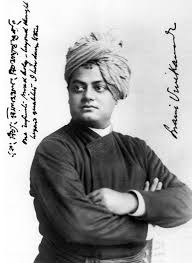
6. Modern Adaptations:
Yoga adapted to different cultural contexts and lifestyles, resulting in diverse styles such as Vinyasa, Ashtanga, Kundalini, and Iyengar yoga, each offering a unique emphasis on movement, breath, and philosophy.
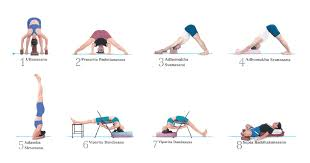
7. Health and Wellness:
Today, yoga is embraced globally as a holistic practice promoting physical fitness, mental well-being, and spiritual exploration. It has become a main different activity with millions enjoying its diverse benefits.

Difference between Pilates and Yoga
Pilates:
1. Founder and Origin:
Joseph Pilates created it in the 20th century as a rehabilitation method.
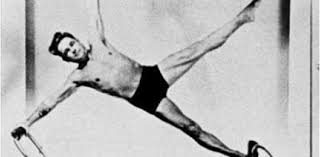
2. Focus on Core Strength:
Core strength is a primary emphasis, targeting the abdomen, lower back, hips, and buttocks muscles.

3. Dynamic and Controlled Movements:
Involves dynamic, controlled movements, often utilizing specialized equipment like the reformer or performed on a mat.

4. Breathing Technique:
Emphasizes a specific breathing pattern, coordinating breath with precise movements for enhanced control.
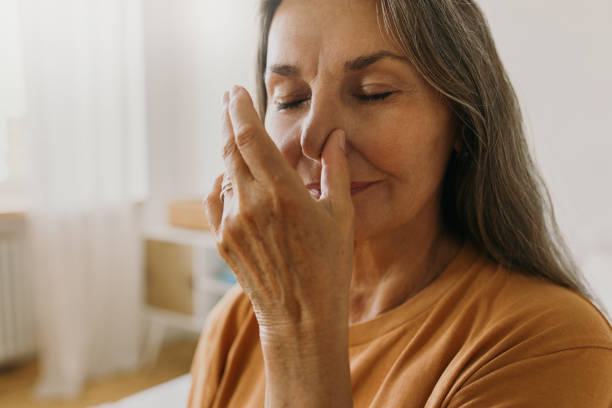
5. Fitness-Centric:
Primarily fitness-oriented, Pilates aims to improve overall body strength, flexibility, and posture.
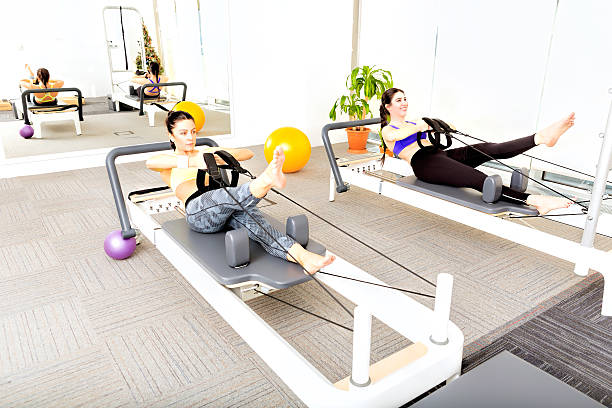
Yoga:
1. Ancient Origins:
Has ancient roots in India, with diverse styles developed over thousands of years.
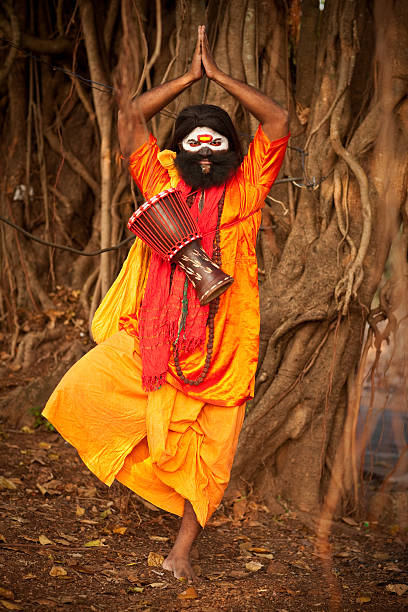
2. Mind-Body Connection:
Focuses on the connection between the mind, body, and spirit, incorporating physical postures, breath control, and meditation.

3. Variety of Styles:
Offers a variety of styles such as Hatha yoga, Vinyasa, Ashtanga, and Kundalini, each with its unique approach and philosophy.

4. Spiritual Elements:
Can have spiritual dimensions, aiming for self-awareness, inner peace, and harmony.

5. Adaptability:
Adaptable to various fitness levels and goals, promoting flexibility, balance, and relaxation.
While both Pilates and yoga contribute to overall well-being, Pilates is fitness-focused, emphasizing core strength and controlled movements. In contrast, yoga is a holistic practice incorporating physical, mental, and spiritual elements through various styles.
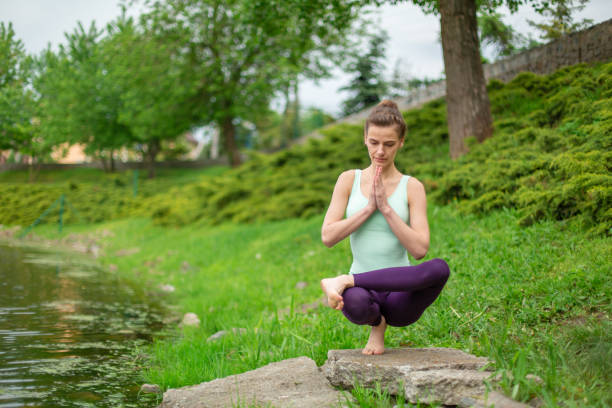
Benefits of Pilates and Yoga
Benefits of Pilates:
1. Core Strength:
Enhances core strength, targeting the abdomen, lower back, and hip muscles.
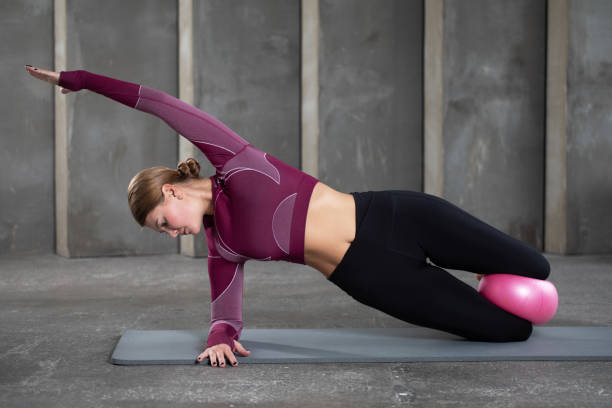
2. Flexibility:
Improves flexibility through controlled and dynamic movements, promoting a broader range of motion.
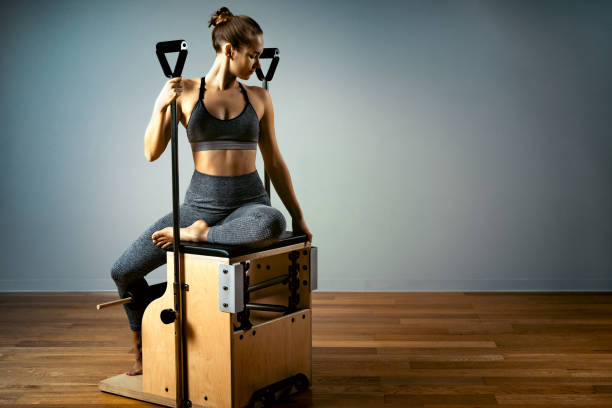
3. Posture Improvement:
Emphasizes proper alignment, contributing to better posture and reduced strain on the spine.

4. Muscle Tone:
Tones and sculpts various muscle groups, promoting a lean and defined physique.
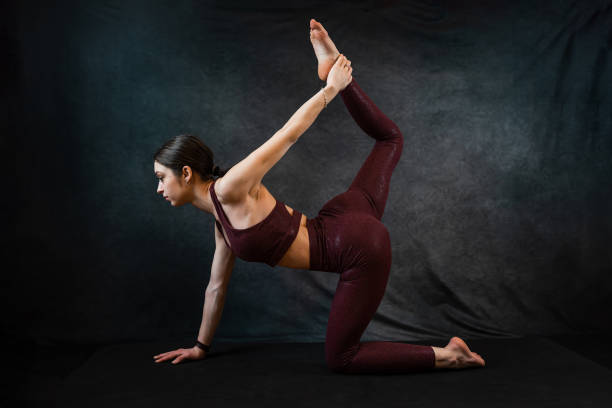
5. Balanced Muscle Development:
Creates balanced muscle development, preventing muscle imbalances and reducing the risk of injury.
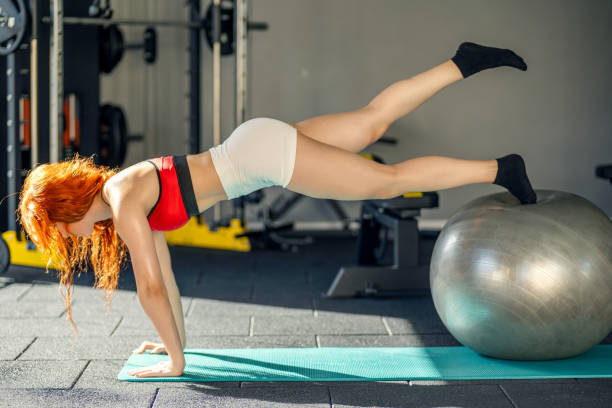
6 Mind-Body Connection:
Fosters a strong mind-body connection through focused movements and controlled breathing.
7. Stress Reduction:
Acts as a stress reliever, providing a mindful and calming exercise experience.
Benefits of Yoga:
1. Flexibility and Balance:
Enhances flexibility and balance through a variety of physical postures.
2. Stress Management:
Promotes stress reduction through breath control, meditation, and relaxation techniques.
3. Mindfulness and Awareness:
Cultivates mindfulness, fostering self-awareness and a deeper connection with the present moment.
4. Improved Breathing:
Focuses on breath awareness, improving respiratory function and promoting relaxation.
5. Strength Building:
Builds strength through bodyweight-bearing poses, contributing to overall physical fitness.
6. Holistic Well-Being:
Addresses physical, mental, and spiritual well-being, offering a comprehensive approach to health.
7. Adaptability:
Adaptable to various fitness levels, making it accessible to individuals of all ages and abilities.
Pilates and yoga offer a range of physical and mental benefits, promoting strength, flexibility, stress reduction, and overall well-being. Each practice’s specific focus and approach cater to diverse preferences and fitness goals.
So both practice have health benefits , Yoga is more an holistic and spiritual discipline, Pilates an exercise for muscular strength and resistance.
